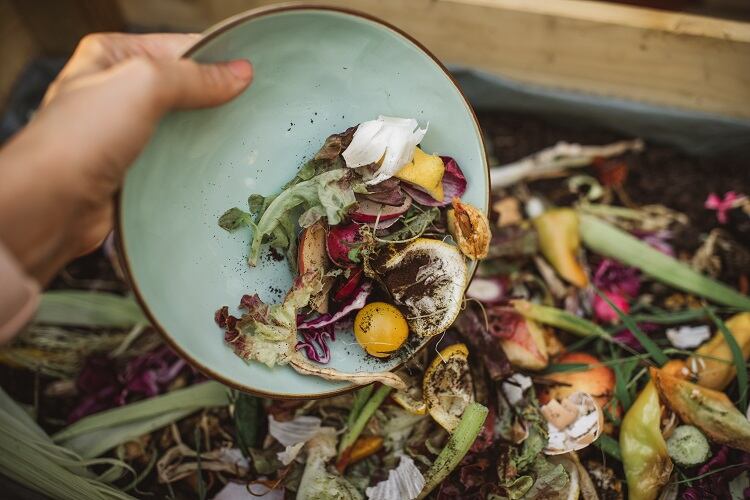The research, led by The University of Adelaide’s Centre for Global Food and Resources and Eastern Waste Management Authority, funded by the Australian Fight Food Waste Cooperative, was conducted in Adelaide to identify target groups for prioritising intervention strategies aimed at reducing and diverting food waste from landfill.
Online survey data from 939 households was used to segment households based on two measures of food waste - generation and sorting. The report said that the distinction between avoidable and unavoidable FW was important as it could provide insight into the degree to which prevention measures could be utilised and the proportion of FW that could be sorted out of landfill.
Overall, it found an average household generated approximately 14 L of FW a week, of which about a third was avoidable, and they sorted less than half of it sustainably.
Warriors (39.6%) were identified as having low food waste with 87.8% sorting their food waste sustainably. They were mostly families with adults-only (45%) or families with children (29%) living in a detached house, and nearly 50% were aged 55 years and over.
The report said that while this segment may not need new interventions, maintenance of the existing infrastructure which supports their current sustainable behaviours “should be ensured.”
Meanwhile, Strugglers (40.8%) had high food waste, of which 40% was avoidable, and a medium level of sustainable sorting (42.8%). They had the largest household size on average, and had a relatively higher share of families with children (47%) and lower share of single person households (6%).
They were highlighted as a target for intervention as they were “moderately motivated” to reduce and sort FW sustainably despite the fact they perceived they had limited control due to a busy lifestyle with children and other household members. It suggested they could be targeted through children with school-based activities as well as the adults through parental magazines, specific TV programs, or social media channels.
Meanwhile Slackers (19.6%) had low food waste, but sorted little of it sustainably (15.2%). This group were mostly families with children (36%) or adults-only (32%). However, compared to Warriors, a lower share of Slackers resided in detached houses with a higher share living in flats/units/apartments.
Slackers were also the youngest segment, lived in households with fewer members and had the lowest motivation to reduce and sort FW. The report suggested using Nudge techniques such as providing them with a Kitchen Caddy to encourage a behaviour change and using peers and social media influencers.
The report concluded: “Households are the focal point for addressing FW issues both in terms of volume reduction and diversion of FW away from landfill. Interventions aiming to address unsustainable household FW behaviour need to be tailored to be more effective.”
The cross-sectional online survey was conducted in Adelaide, South Australia, in April – May 2021.
Sourced From: Food Quality and Preference
'Food waste ‘Warriors’, ‘Strugglers’ and ‘Slackers’: Segmenting households based on food waste generation and sorting behaviours’
Published on: 1 October 2023
Doi: https://doi.org/10.1016/j.foodqual.2023.105000
Authors: T. T. T. Nguyen, L. Malek, W. J. Umberger, P. J. O'Connor

